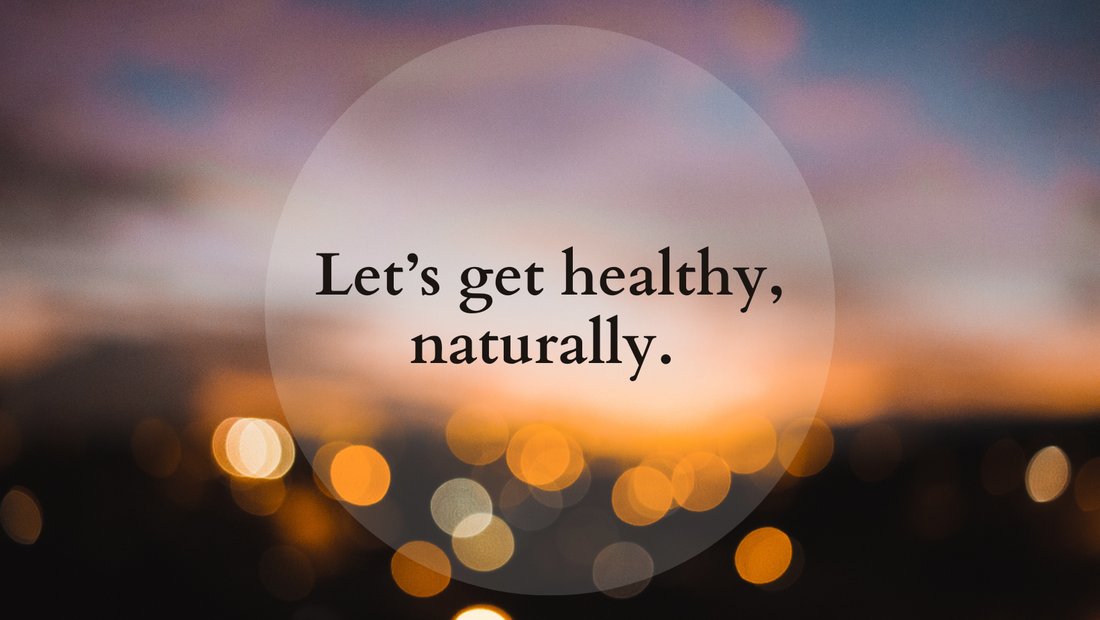|
Micronutrients support the body's ability to produce antimicrobial proteins and peptides that can directly combat pathogens. For example, vitamin D contributes to the production of antimicrobial peptides that help defend against various infections.
Not only this, but micronutrients also act as antioxidants. They help neutralize harmful molecules called free radicals, which can damage cells, including those of the immune system. By reducing oxidative stress, these antioxidants support the overall health and function of immune cells! Other ways micronutrients contribute to a healthier immune system include:
Did you know that I offer HTMA and bioresonance testing as a part of my wellness practice in Waconia MN that will tell you nutrient and mineral deficiencies you have? Simply book a FREE 15-minute Connection Call if you’re curious to know more about this testing and how it can support you on your health journey! Go to my website and click on Work With Us and Schedule. You'll see Connection Call at the top of the list to book your session.
0 Comments
Increased Susceptibility to Infections:
A compromised immune system may manifest as recurrent, persistent, or severe infections. The inability to mount an effective immune response against pathogens, such as bacteria, viruses, or fungi, suggests immunodeficiency. Chronic Inflammatory Conditions: Prolonged and heightened inflammation without resolution can indicate an impaired immune response. Dysregulation of cytokines, the signaling molecules of the immune system, may lead to chronic inflammatory conditions, undermining the immune system's ability to maintain balance. Delayed Wound Healing: A weakened immune system often results in impaired tissue repair and delayed wound healing. Efficient immune responses are crucial for the timely clearance of damaged cells and the initiation of tissue regeneration, processes that may be affected in immunocompromised individuals. Autoimmune Disorders: Autoimmune diseases, where the immune system mistakenly attacks healthy cells, can indicate immune system dysfunction. Disorders like rheumatoid arthritis, lupus, or multiple sclerosis arise from the immune system's failure to distinguish between self and non-self, leading to self-directed immune responses. Uncontrolled Allergic Reactions: An overactive or dysregulated immune response can result in allergies or hypersensitivity reactions. A weakened immune system may fail to appropriately modulate immune reactions, leading to excessive responses to harmless substances, such as pollen, food, or animal dander. Lymphadenopathy: Enlarged or persistent lymph nodes can be a sign of an immune system struggling to control infections. Lymph nodes are key components of the immune system, and their enlargement may indicate an ongoing immune response to pathogens or malignancies. If any of the signs above sound familiar, then book a FREE 15-minute Connection Call to learn more about how I can support you. You can only choose one:
So, which would you choose? When it comes to our health, we often believe that we can’t have it all. Many times, we choose to focus on improving only one metric, whether it’s:
We trust that certain health issues we have just aren’t fixable, they're here to stay. So, we give up on them and focus on the other parts of ourselves that we believe can be improved instead. But what if I told you that you don’t have to choose? What if I told you that you can have it all and that your health issues don’t have to stay? The truth is your body is connected. Many of the symptoms you may be experiencing are likely connected through one root cause. Finding and treating that cause is your key to freedom. You don’t have to choose between having more energy, clearer skin or feeling less anxious, you can have it all. Want a little hand holding? Join me in my brand-new digital course, FOUNDATIONS. During this course I will hold your hand to reset your mind, body, and gut… all of which help manage multiple areas of need in your life that will leave you looking and feeling better. Hit www.healingpathmn.com for more info on the Foundations Course. If you’re ready to explore what that might look like for you, my email is always open. Are you aware of these six forms of stress present in your life?
1️. Negative thoughts Many people are unaware that their thoughts can contribute greatly to stress. In fact, negative thoughts have been linked to:
2️. Microstressors Did you know that stress can be cumulative? This means that the little stresses in your everyday life add up. Examples of microstressors include:
3️. Unhealthy habits Your lifestyle plays key roles in the development of chronic stress. It’s important to slow down and set aside some time for yourself every day. Unhealthy habits that contribute to stress include:
4️. Physical stress This can be anything from sitting with poor posture, to conditions such as arthritis, both of which put a strain on the body that can be just as damaging as an injury. Other forms of physical stress are:
5️. Environmental stress Your environment can affect your mental and physical health. Loud noises, for example, can cause anxiety, while dark and cold settings can make you feel unmotivated. Environmental stress can also come in the form of:
6️. Major life changes Change is an inevitable part of life. However, certain changes can work in your favor whilst others can work against you if you let them. Stress can take its toll on the body from something as simple as moving house, to something bigger such as:
Sometimes you have little control over what stresses life throws at you. However, you CAN learn to handle unavoidable stress in healthier ways, such as mindfulness and meditation. Want a little hand holding? Join me in my brand-new digital course, FOUNDATIONS. During this course I will hold your hand to reset your mind, body, and gut… controlling your stress levels (and so much more). If you're local check out my wellness services such as massage therapy, ionic foot detox and manual lymphatic drainage to support your stress levels at my office in Waconia MN. Hit www.healingpathmn.com for more info on the Foundations Course. But hurry! Doors close on this digital course January 21st. Sign up today. Chronic stress can affect our entire body, from the cardiovascular system to the digestive.
|
Welcome! Archives
February 2024
Categories |



 RSS Feed
RSS Feed